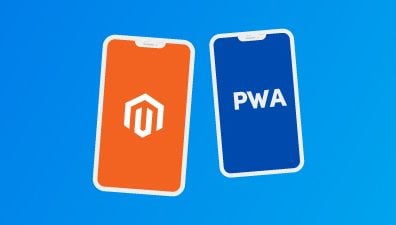At present, the world of web development is experiencing an evolution with the appearance of progressive web app technology. PWA is a type of web application that has been designed to work seamlessly on any device, from desktop to mobile, with or without an internet connection. It’s the perfect solution for businesses that want to create a responsive and user-friendly web experience, and it’s also a great option for developers who want to build apps that work across multiple platforms. To create a feature-packed progressive web app for your business, it’s important to select a dependable PWA development company. It’s also crucial to choose the appropriate PWA framework to build a sturdy PWA. This article presents the top PWA development tools for 2024 that you can utilize to create exceptional progressive web apps.
Table of Contents
What is a PWA Framework?
A PWA framework is a set of tools, libraries, functionalities, and a package of pre-built code and components that simplify the creation of progressive web apps. It provides developers with a foundation on which they can build their apps, including pre-built components, APIs, and development environments. These frameworks are extensively employed in web development projects due to their abundant tools and components that aid in PWA development.
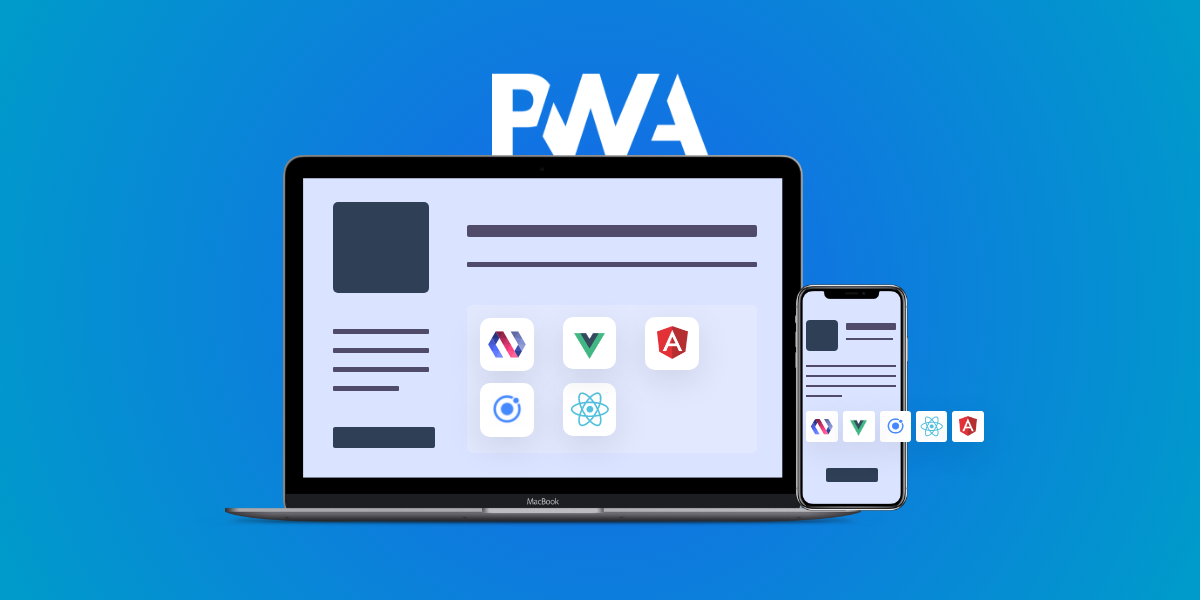
One of the major benefits of these frameworks is that they can significantly expedite and simplify the development process. They provide an array of features and functionalities that streamline the PWA development process and speed it up. Additionally, by using a PWA framework, developers can ensure that their apps are optimized for a wide range of devices and platforms.
What Are The Benefits of Using The PWA Framework?
Incorporating a PWA framework into the development process can yield multiple benefits that contribute to the success of the project. Here are some of the predominant advantages of using PWA development tools in the development of progressive web applications.
Speed and Efficiency
Using a framework for your progressive web app can significantly hasten the development process. PWA development tools come equipped with a variety of pre-built components and features that accelerate PWA development speed. As a result, using a framework can save you time by enabling you to create a PWA much faster than starting from scratch.
Cross-Platform Compatibility
Numerous PWA frameworks have been created to function on various platforms, desktops, and mobile devices. This means that utilizing a framework allows you to construct a PWA that operates on a vast array of devices and platforms.
Enhanced Performance
The swift operation of progressive web apps is critical to providing an exceptional user experience. Utilizing a PWA framework can ensure that your progressive web application is optimized for performance, thereby augmenting the user experience.
Top PWA Framework For Progressive Web Apps
Angular
AngularJS is an open-source front-end web framework that is built using JavaScript and is one of the best framework for progressive web apps. The framework was originally developed by Google and is currently being maintained by them. It is known for its robust structure, and its components offer comprehensive support for PWAs. Angular has been designed to work effectively with other frameworks like Ionic and NativeScript, making it a versatile choice for PWA development.
AngularJS is a versatile front-end web framework that enables developers to use HTML as the template language. This makes it easy to express web app components in a clear and concise manner. With AngularJS, developers can build exceptional progressive web apps that are in line with the current PWA development trends. Additionally, AngularJS offers CLI commands that streamline many development tasks, making it even easier to create robust PWAs.
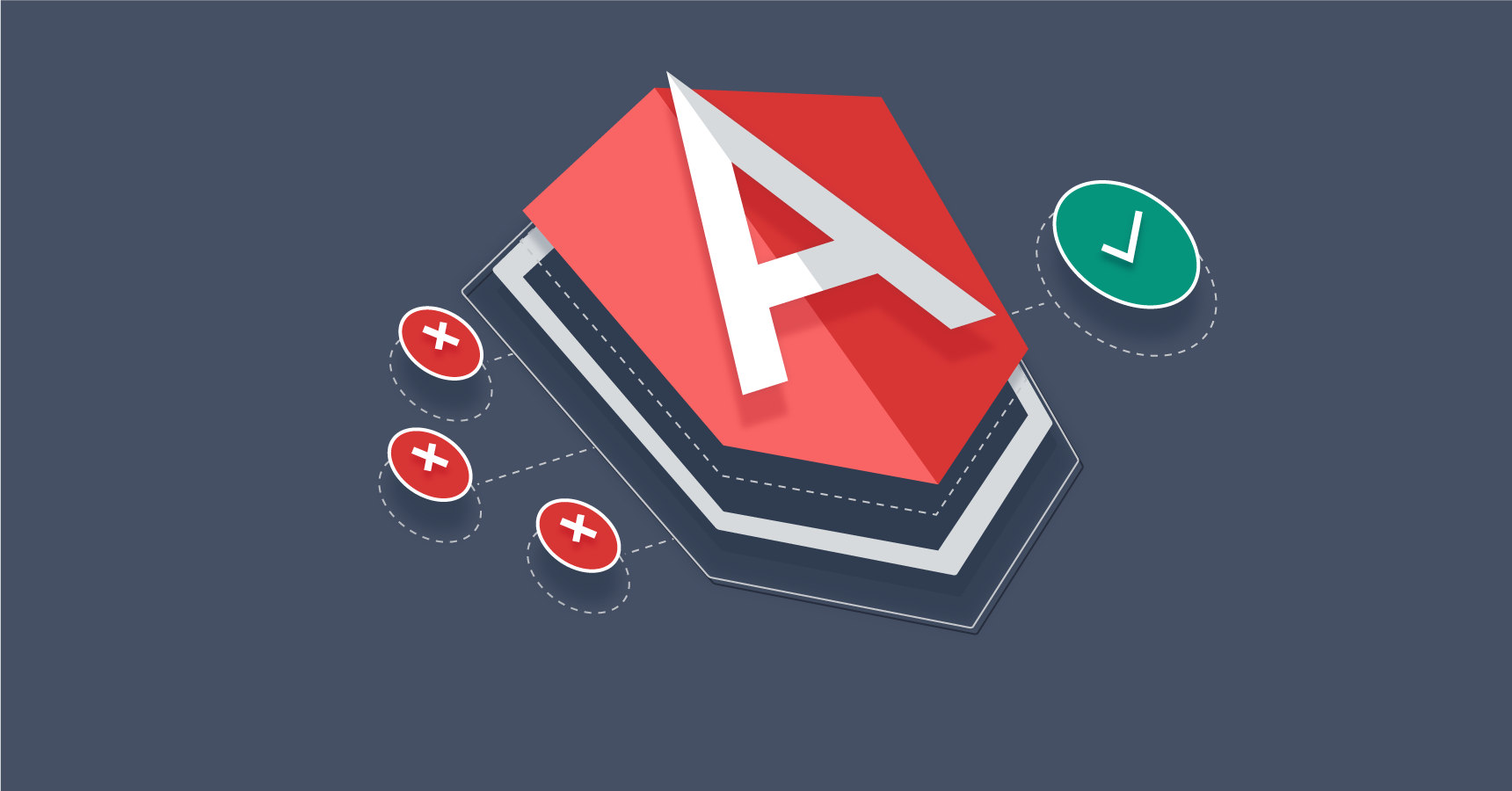
Pros:
- AngularJS has a clear and organized development methodology.
- It benefits from a large and engaged community of developers.
- Its complex architecture is well-suited for building large-scale projects.
- There is a vast selection of third-party extensions available for AngularJS.
- Speed, security, and a unique ahead-of-time (AOT) compiler concept.
- Dependency injection is used to improve code efficiency and modularity.
- AngularJS components are fully modular.
Cons:
- AngularJS has a steep learning curve that can be difficult for beginners to overcome.
- Developers need to learn TypeScript before they can start developing with it.
- AngularJS can have performance issues when handling large and complex applications, which can slow down the development process.
- AngularJS is not compatible with some older browsers.
React
ReactJS is an open-source front-end JavaScript library for building user interfaces. It was created and is currently maintained by Facebook, and has gained significant popularity due to its flexibility and ease of use. ReactJS allows developers to build reusable UI components and manage their state in a more efficient manner. React is a library that provides more development flexibility compared to a complete framework like Angular. Unlike Angular’s Model-View-Controller model, React only has a View, which means it can only handle bringing HTML into JavaScript. It works with the virtual DOM and supports server-side rendering.
ReactJS can be used to develop PWAs, as well as mobile and desktop applications. It is known for its fast and responsive rendering, which makes it an excellent choice for applications that require real-time updates. ReactJS also has a large community of developers who regularly contribute to the library, ensuring that it remains up to date with the latest web development trends.

Pros:
- ReactJS is well-known for its high performance and fast rendering speed due to its virtual DOM implementation.
- ReactJS allows developers to create reusable components, which saves time and effort in the development process.
- ReactJS has a vast community of developers who contribute to open-source libraries and packages, making it easy to find solutions to common problems.
- ReactJS can be used for server-side rendering, which can improve performance and SEO.
- Another significant advantage of React is its simple syntax, which incorporates a lot of HTML writing skills.
Cons:
- ReactJS uses JSX syntax, which can be difficult for some developers to learn and use effectively.
- ReactJS does not have an official routing solution, which can lead to confusion and inconsistency in implementation.
- ReactJS is a rapidly evolving library, which can lead to frequent updates and changes that can be challenging to keep up with.
Vue.js
Vue.js is a progressive JavaScript front-end framework used for building user interfaces. It is designed to be adaptable and can be easily integrated into other projects or libraries. Vue.js utilizes a virtual DOM system to render components efficiently and offers reactive and composable view components. It is known for its ease of use and its smooth learning curve, making it a popular choice for developers of all levels. Additionally, it offers a wide range of built-in directives and plugins, as well as a robust ecosystem of third-party libraries and tools.

Pros:
- The simple and easy-to-understand syntax makes it accessible to developers of all skill levels.
- Lightweight and fast, which contributes to its high performance and fast rendering times.
- High level of flexibility and modularity, developers can combine TypeScript and JSX to build complex and scalable PWAs with ease.
- Offers a comprehensive and intuitive set of tools for testing and debugging.
- Excellent documentation and an active community for support and resources.
Cons:
- Smaller community than some other PWA frameworks, which may limit the availability of resources and support.
- Limited scalability for larger projects due to its simpler architecture and lack of structure.
- Developers using VueJS may encounter challenges with the bidirectional data binding process.
- Fewer third-party libraries and extensions compared to other PWA frameworks.
Magento PWA Studio
Magento PWA Studio is a set of developer tools and libraries that enable the development, deployment, and maintenance of Progressive Web Applications on the Magento 2 platform. This open-source toolset includes a command-line interface, development tools, and other resources that make it easier to create high-performing and feature-rich PWAs. It also includes tools to manage data and security, as well as the ability to customize the look and feel of the application.
Magento PWA Studio leverages modern web technologies such as React, Redux, and GraphQL to provide a fast and responsive user experience. It is a great choice for businesses that are already using the Magento 2 platform and want to create a PWA for their online store.
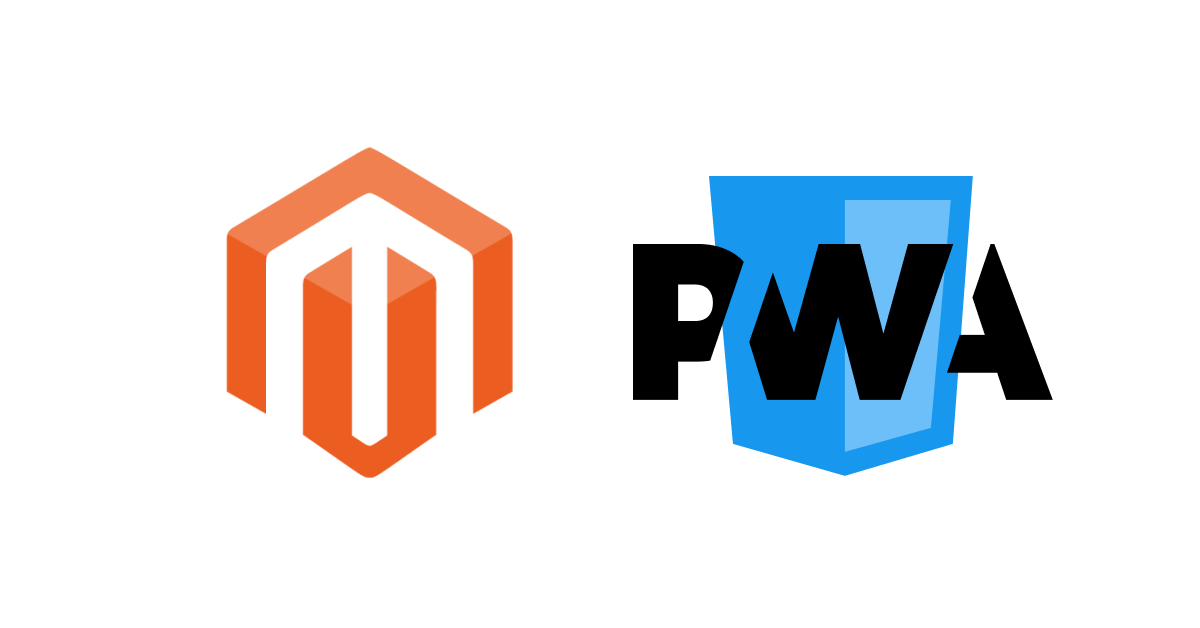
Pros:
- Designed specifically for eCommerce websites and online stores, making it an excellent option for businesses in this space.
- Provides a high level of customization and scalability to meet specific business needs.
- Built with modern technologies, including React and Redux, allowing for fast performance and improved user experience.
- Includes a comprehensive set of tools and features for developing PWAs, such as developer tools, theming and localization support, and more.
Cons:
- May require some experience with Magento to fully utilize its features and capabilities.
- Due to its specific focus on eCommerce, it may not be the best option for businesses with non-commerce websites.
- Limited support and documentation compared to other PWA frameworks, which may make it more difficult to troubleshoot issues or get assistance when needed.
Ionic
Ionic is an open-source software development kit that is based on Angular and enables developers to build high-quality, cross-platform mobile apps for iOS, Android, and the web. The framework utilizes web technologies like HTML, CSS, and JavaScript to create hybrid mobile apps. Ionic includes a library of pre-built UI components, making it easier for developers to build apps with a consistent look and feel across different platforms. It also provides a range of tools for building, testing, and deploying apps.
Ionic is particularly popular for building progressive web apps because it offers features like native app-like performance, push notifications, and offline functionality. It is also known for its ease of use and flexibility, allowing developers to create complex mobile applications with relative ease.
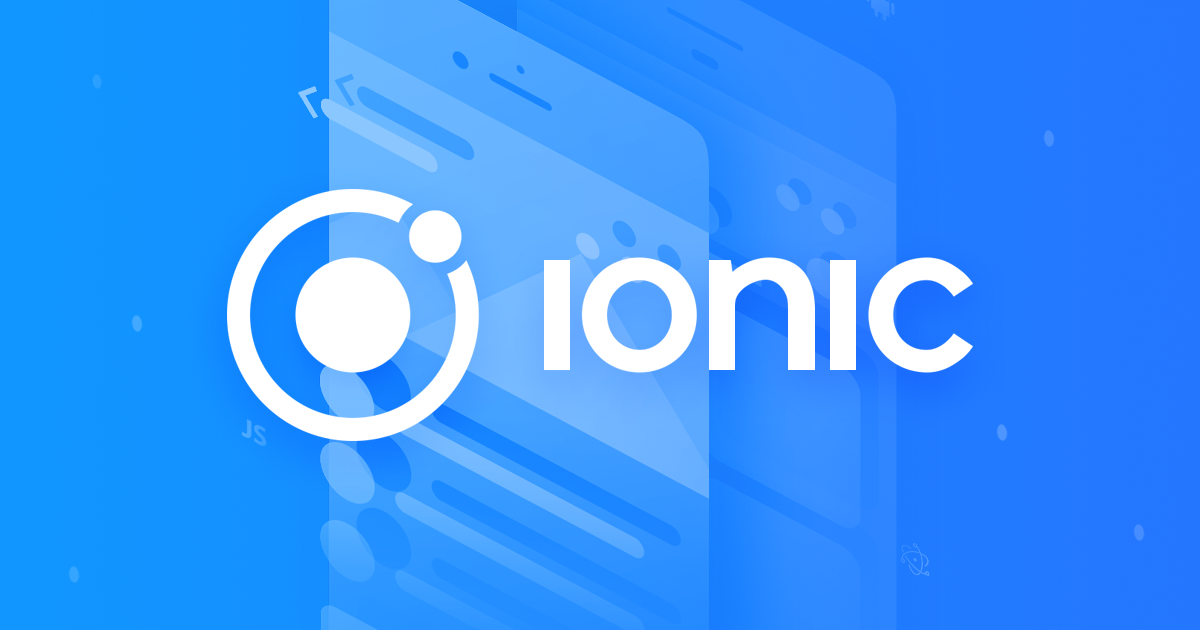
Pros:
- Easy to learn and use, especially for developers with experience in web technologies like HTML, CSS, and JavaScript.
- Integrates well with Angular, allowing for more structured and scalable code.
- Many pre-built UI components can be easily customized to fit the design of the application.
- The large and active community of developers makes it easy to find help and resources online.
- A vast collection of plugins is available in Ionic that allows accessing APIs without writing any code.
Cons:
- Performance may not be as fast as native mobile apps, especially for more complex applications.
- Some developers may find the framework too prescriptive, limiting their flexibility and creativity.
- Dependency on other tools, like Cordova or Capacitor, may add additional complexity to the development process.
Polymer
Polymer is an open-source JavaScript library used for building web applications using web components. It was developed by Google and allows developers to create reusable components for web applications. With Polymer, developers can create custom HTML elements that can be used across multiple projects, enabling a faster and more efficient development process.
Additionally, Polymer provides a range of tools and features that make it easier to create progressive web applications. It has gained popularity among web developers due to its flexibility and simplicity.
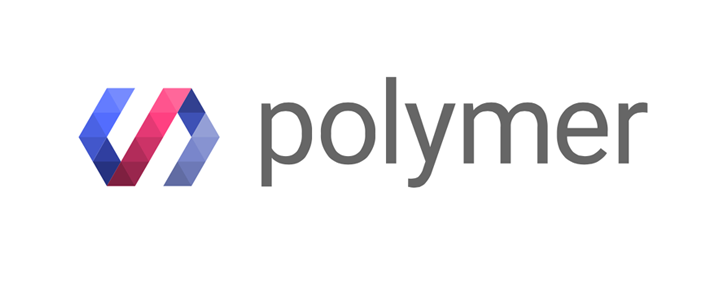
Pros:
- Provides a set of ready-made elements to speed up the development process.
- Offers a declarative syntax to define custom elements and their properties.
- Offers an easy way to create web components that can be used in other projects.
- The Polymer framework’s APIs are straightforward and easy to comprehend for progressive web app development.
Cons:
- Polymer doesn’t offer an official Integrated Development Environment (IDE).
- It can be challenging to optimize Polymer-based PWAs for search engines.
- PWAs developed with Polymer may have longer page loading times, which can negatively impact user experience.
- Debugging tools may be necessary when working with Polymer PWAs, as the framework includes built-in development tools that can cause issues.
PWA Builder
PWA Builder is a free, open-source, and community-driven progressive web app development platform founded by Microsoft. It provides developers with various features and tools, such as an app manifest editor, icon generator, and service worker generator, to help them create and publish high-quality PWAs. PWA Builder supports several frameworks, including React, Angular, and Vue.js, and can be used with any web technology. Additionally, it provides compatibility and accessibility testing for PWAs and enables easy submission to the Microsoft Store and Google Play.
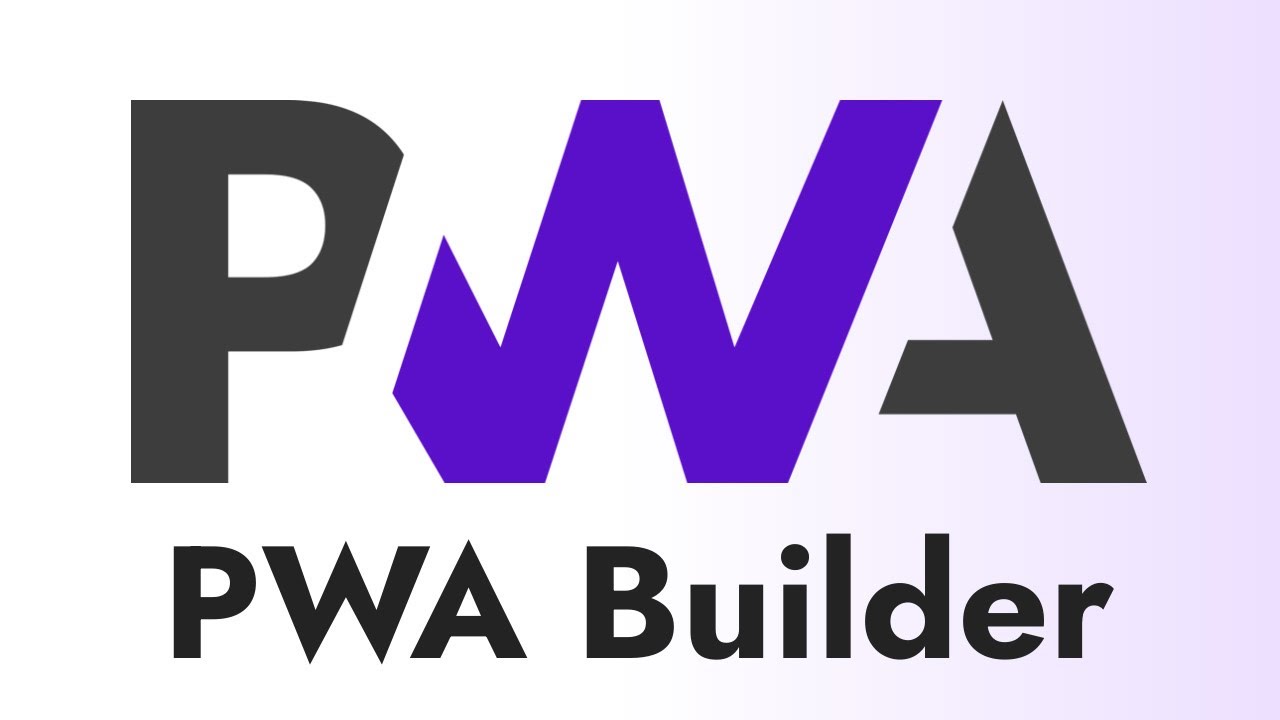
Pros:
- Easy to use, even for beginners with no experience in building Progressive Web Apps.
- Offers a variety of templates and themes to choose from.
- Generates a PWA that is optimized for performance, speed, and user experience.
- Helps to ensure that your PWA is compliant with various web app standards and guidelines.
- Provides a variety of add-ons, such as splash screens, to improve the user experience.
Cons:
- PWA Builder may limit the customization options available to you, which can be a drawback for developers who need more flexibility in creating their PWAs.
- PWA Builder may not provide access to the latest features and functionalities that some of the other frameworks offer.
- The generated PWA may not be as scalable or suitable for larger projects compared to using a full-fledged framework.
Svelte
Svelte is an open-source, front-end JavaScript framework that aims to make it easier for developers to build fast and efficient web applications. It’s different from other frameworks because it compiles code at build time, resulting in smaller and faster apps that run more efficiently in the browser.
Svelte works by creating reactive components that automatically update the user interface when data changes. It also has a simple syntax that’s easy to learn, making it a popular choice for developers who want to quickly create web apps without spending a lot of time on configuration and boilerplate code. Additionally, Svelte has a small file size and minimal runtime, making it an ideal choice for building PWAs that can load quickly and work well on slower connections.
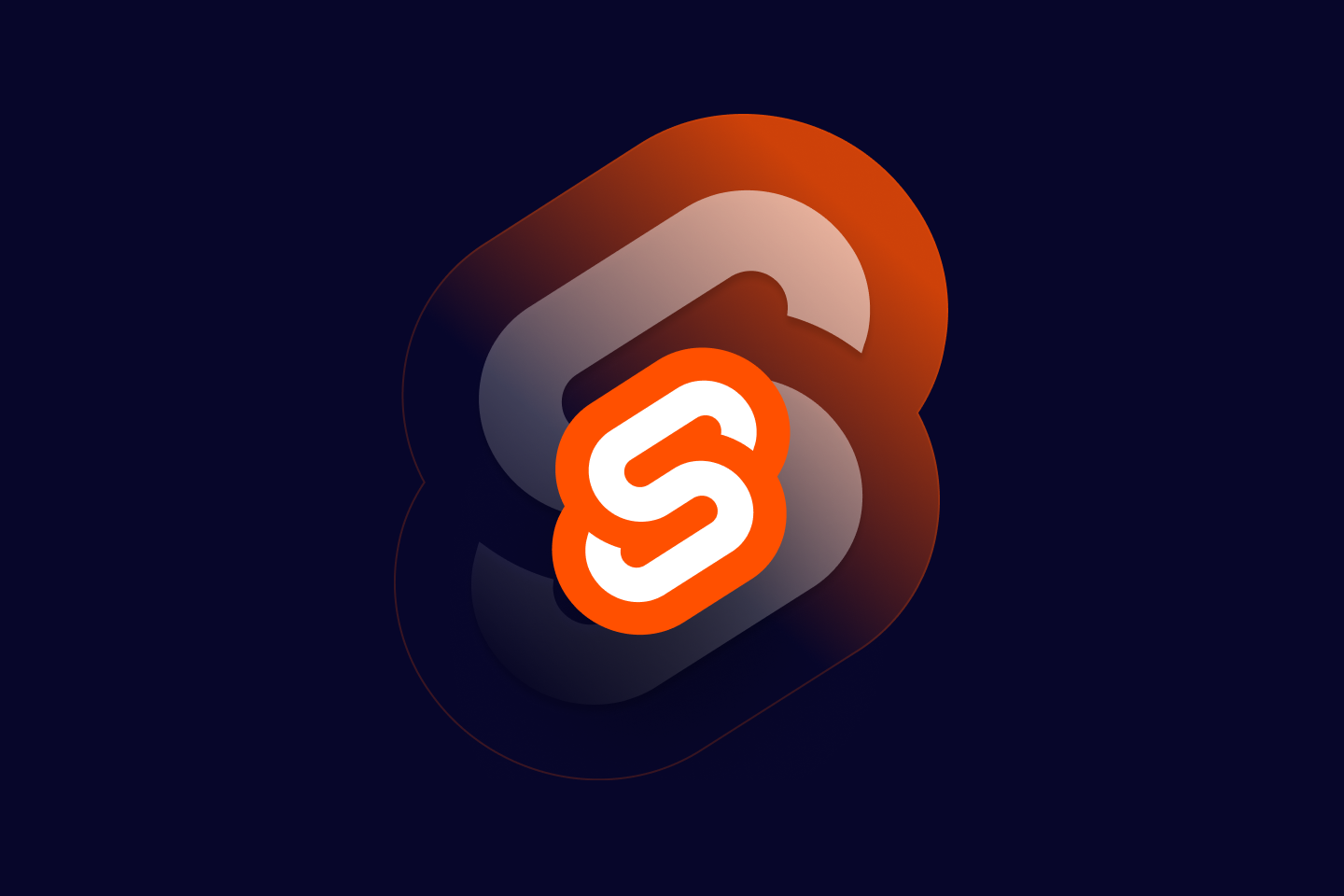
Pros:
- Svelte has a simple syntax, which makes it easier to learn for developers.
- Svelte is known for its fast performance, which is crucial for creating high-performing PWAs.
- Svelte enables developers to write less code and create more functionality with reusable components.
- Svelte’s compiler generates efficient and optimized code that can improve the performance of the web app.
Cons:
- Svelte is a relatively new framework and may not have as many resources and tools available as some of the more established frameworks.
- Svelte may not be the best choice for larger and more complex PWAs, as it may not have the necessary features and tools for managing larger applications.
- Svelte is less popular compared to other frameworks, which may result in a smaller community of developers and less community support.
How To Choose A PWA Framework?
The choice of suitable PWA development tools is determined by your specific requirements and objectives. As mentioned in this blog, the discussed frameworks have their advantages and drawbacks, and it is essential to evaluate them per your project needs. Here are some factors to consider when choosing a PWA framework:
- Project requirements: Evaluate your project’s specific requirements, such as the platform it will run on, scalability and performance needs, features, and more. You can compare various frameworks to determine which one best fits your requirements.
- Integration and ecosystem: Examine the framework’s integration and ecosystem capabilities. Check if it can be integrated with the tools and systems you are already using.
- Community support: Look for a framework with strong community support as it can provide help quickly if you encounter any issues with your PWA.
In the end, the selection of a PWA framework relies on the one that best fits your PWA development venture. You can evaluate the features and advantages of each framework to determine which one suits your needs.
In Conclusion,
PWA Framework is truly a revolutionary step in web development. It provides a fast, responsive, and user-friendly experience that can greatly improve the user experience on your website. PWA apps can work offline, load quickly, and provide a seamless experience that is similar to native apps. To develop a high-quality PWA, it’s crucial to stay up-to-date with the latest frameworks for PWA development. In this article, we’ve covered the top best PWA framework that is currently popular in the market and will continue to be in 2024. With these PWA development tools, you can create a robust and reliable progressive web app for your business.
Don’t know what PWA frameworks suit best for your website? Talk to our experts now to deploy the best PWA for you to grow and scale.



